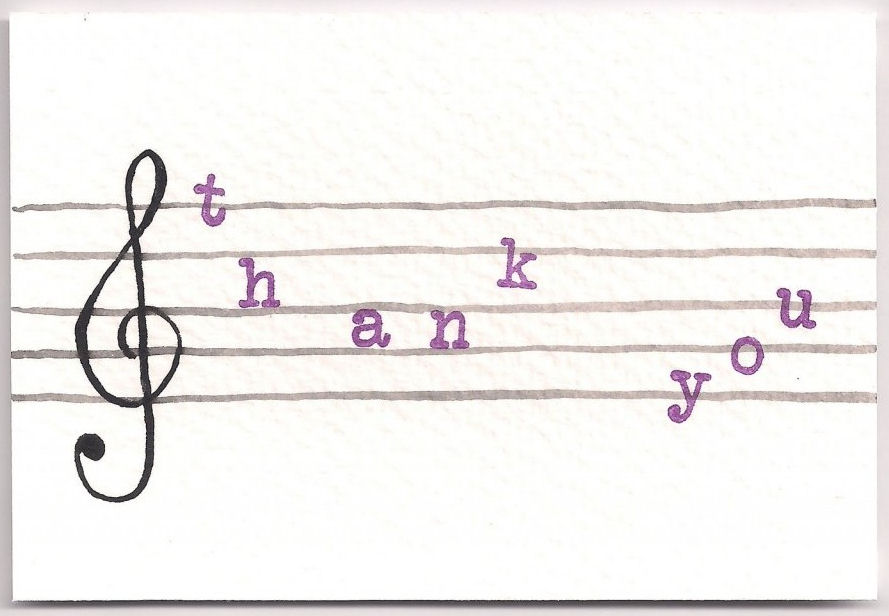Did Carly Simon Predict the Path of the 2024 Solar Eclipse?
Back in 1972, Carly Simon released the song You’re So Vain. While everyone was wondering who this mystery man was, I decided to examine this song from an astronomical and meteorological angle. I am going to propose that Carly Simon actually predicted the 2024 solar eclipse in this song. Not only did she predict the eclipse, but she also specified the best location to view it. What follows is my brief, tongue-in-cheek analysis.
For over 50 years, people everywhere were studying this song’s lyrics, and wondering “Who was this mystery person? Was it Warren Beatty?“. In 2010, after hearing a new recording of the song, people thought it might be David Geffen. However, this was merely a smokescreen, designed to keep the general public occupied. The real message in the song is actually contained in the following lines:
Then you flew your Learjet up to Nova Scotia
To see the total eclipse of the sun.
The song’s true meaning is quite obvious. There’s nothing hidden or secretive at all. In fact, regarding Carly Simon’s musical message: she’s so plain.
That alone is impressive enough, but there’s more. Not only did she predict an eclipse in this song, but she also predicted its path of totality. How accurate was her prediction? Let’s look at the path:
At first glance, it would seem that her prediction was close but not a perfect match. The path of totality appears to brush right past Nova Scotia. If I were to ask Maxwell Smart for his opinion, he would probably say…
However, if we zoom in on this map. something interesting is revealed. Take a look at this enlarged version of the north-eastern tip of Nova Scotia.
As you can see, there is a small area that does lie within the path of totality. Carly Simon was right all along – you can view a total eclipse of the sun from Nova Scotia! It would seem that this mystery man, after parking his Learjet at the nearest executive airport, made his way to this particular location.
The Weather
After making this pilgrimage, you don’t want to be disappointed by an overcast sky. What will the weather conditions be like on April 8, 2024? Again, Carly Simon has left us a clue, demonstrating that she has the uncanny ability to predict the weather 52 years in advance.
“I had some dreams they were clouds in my coffee…”
Carly Simon’s web site decodes the meaning of this line “It came from an airplane flight that I took with Billy Mernit, who was my friend and piano player at the time. As I got my coffee, there were clouds outside the window of the airplane and you could see the reflection in the cup of coffee. Billy said to me, ‘Look at the clouds in your coffee’.“
Here’s my take: If you’re flying in your Learjet to Nova Scotia to see the total eclipse of the sun, and you see clouds in your coffee, then obviously there will be some cloud cover in that general vicinity. Of course, how much cloud cover, and whether those cloud will move across the path of totality and obscure the eclipse, will depend on the wind speed and the wind direction. In order to determine how likely this is, we shall employ Occam’s Razor, rather than (often unreliable) meteorological forecasts.
Only this guy knows for sure, and he’s not going to reveal anything until the moment itself is upon us. Nope, he’s not going to be kind and satisfy our curiosity, or give us any hints in advance. He’s keeping all of this information to himself.
I tell ya.. he’s so vane!














